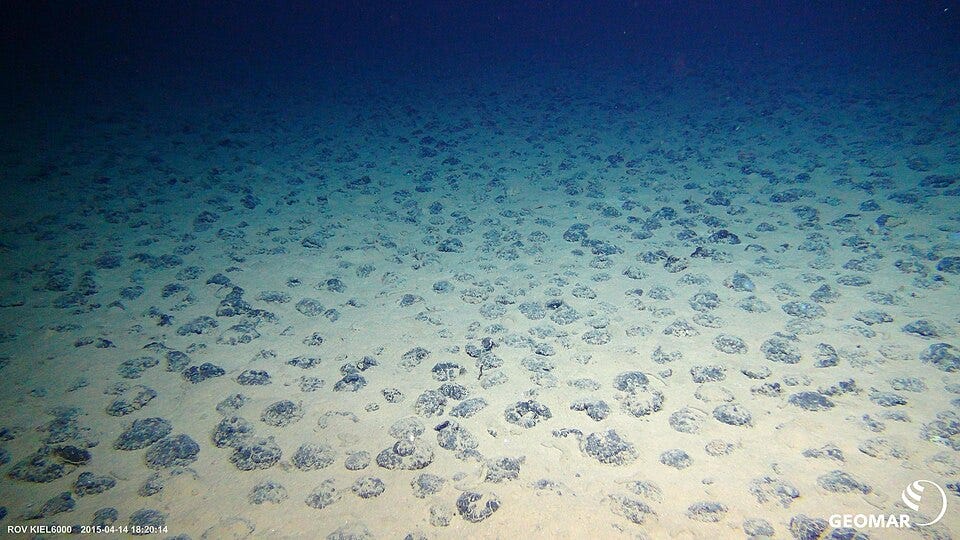Exploring the seabed? Here, have an exploitation permit too.
NOAA moves to bundle exploration with commercial recovery permits

It made headlines when President Trump issued an executive order to “unleash” deep-sea mining. The order, however, was short on specifics.
Now we’re learning more about how that unleashing might actually work. One key detail: The National Oceanic and Atmospheric Administration (NOAA) has proposed a single review process that would let companies both explore for seabed minerals and commercially mine them – potentially at the same time.
That’s unusual. Most national (and international) regulatory regimes require separate reviews for exploration and exploitation.
Fair warning: We’re about to get into the weeds of administrative rulemaking. But this process could have a big impact on whether, and how soon, commercial deep-sea mining begins.
‘Exploration activities, if any’
NOAA’s proposal, released last month, would “streamline” the government’s decades-old rules for mining on the international seabed – where, as you know, the ISA and its 169 member nations also claim jurisdiction. (These rules don’t apply to mining in federal waters, which is overseen by the Bureau of Ocean Energy Management.)
Under the potential changes, a mining firm could submit a single application that covers both exploration and exploitation. Then, per NOAA:
“Once the Administrator would issue the license and permit under the consolidated process, the applicant could proceed with commercial recovery when it is ready to and exploration activities, if any, are completed – this could be any time after the Administrator issues the license and permit.”
This language implies two things:
Exploration (“if any”) is not actually required; firms could skip straight to commercial mining if they wanted.
If companies do conduct exploration, they would not have to report results, such as environmental impacts, before moving on to exploitation.
That’s a major departure from global norms, according to Andrew Thaler, a deep-sea mining expert and consultant with Blackbeard Biologic.
“I don't know of any country that issues both an exploration and exploitation permit, together,” Thaler told the Spotlight. He said a key function of exploration is to document baseline environmental conditions, which can then be used to understand the potential impacts of commercial mining.
“It seems presumptive to preemptively permit commercial recovery without fully assessing the data collected during exploration,” Thaler said. “I couldn't speculate why NOAA would propose issuing the permits in this way.”
NOAA’s reasoning
For its part, NOAA does offer some rationale in its proposal. The change would “enable businesses to move to critical minerals recovery faster” and would allow firms to sell nodules they collect through exploration. The agency suggests this will bring more investment into deep-sea mining: “The ability to make commercial gains from the exploration through employing recovery activities can signal the market toward greater capitalization in an industry which up to now has had trouble attracting capital.”
In other words, NOAA seems to think this rule change will allow mining to happen sooner and with stronger financial backing. NOAA did not respond to the Spotlight’s request for comment.
Some other items of note in the proposal:
NOAA says seven firms have expressed interest in exploring and/or mining the international seabed under U.S. law
The agency expects to receive four applications per year: Two for exploration only, and two requesting commercial recovery permits.
The rule change would also require mining firms to apply online, rather than the old way: “mailing 30 hard copies.”
The proposed changes are open for public comment through September 5.

Thanks for this troubling update. I’ll get some comments in.